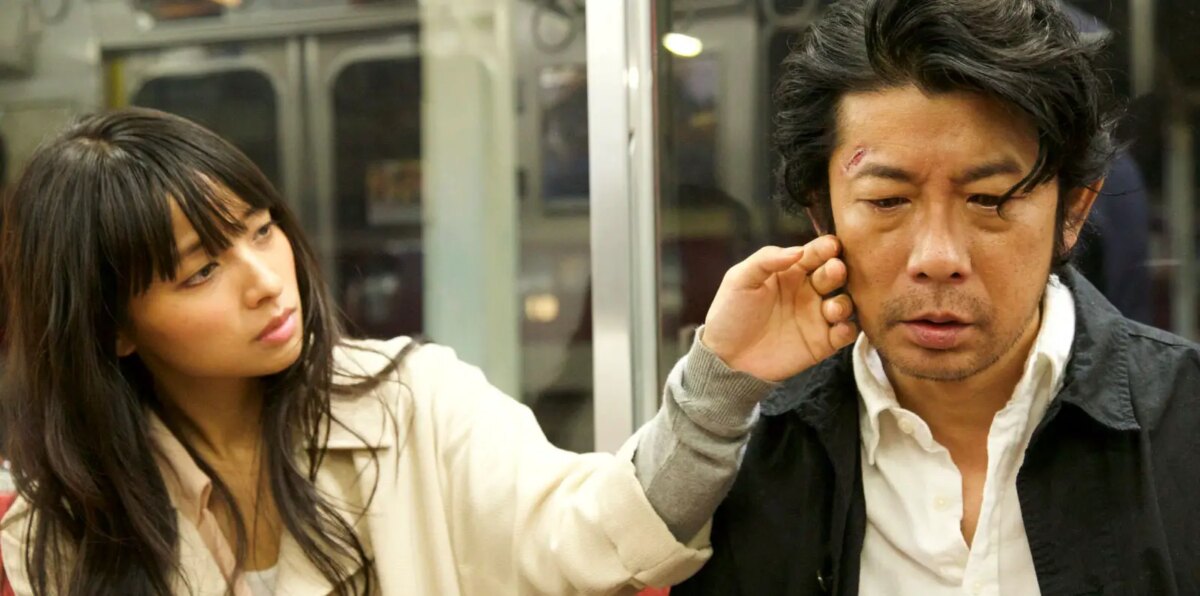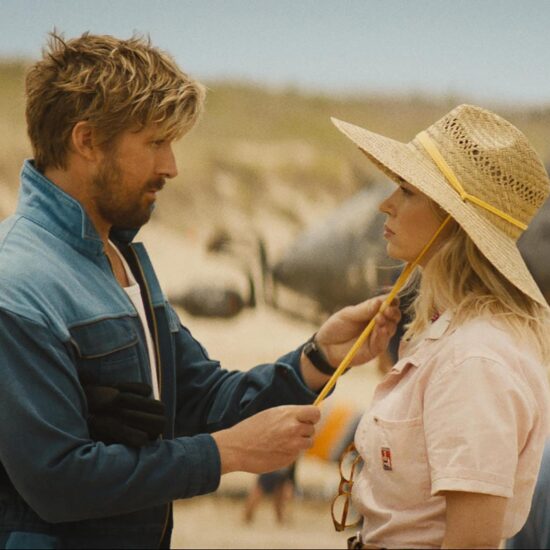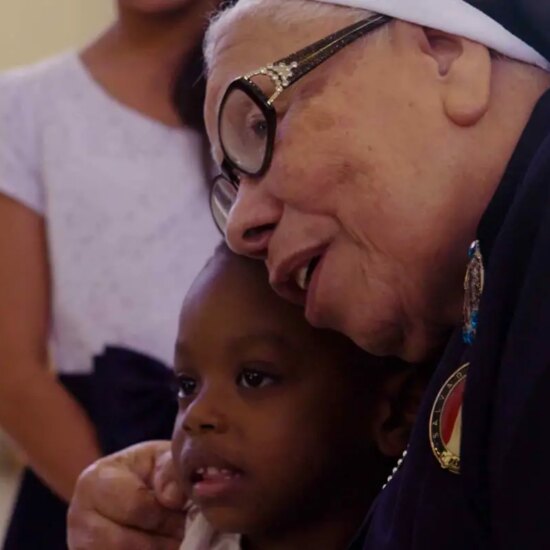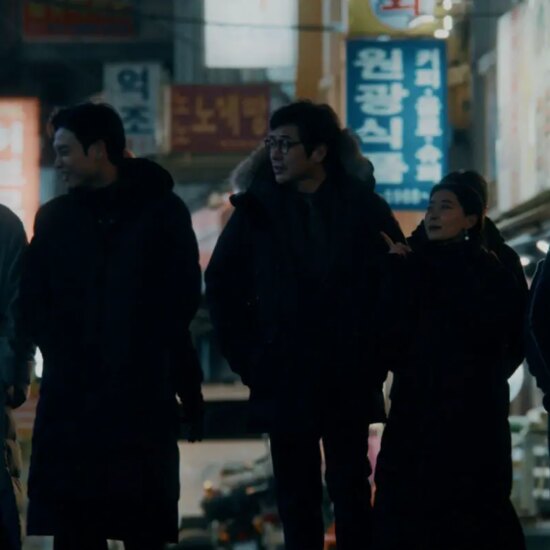
Cinema has a way of connecting with an audience and bringing the world. Japanese writer-director Naomi Kawase’s Radiance (Hikari) tells the story of a young woman and a visually impaired photographer. Misako (Ayame Misaki) writes audio descriptions of films for the visually impaired. Misako is working on an art film about a man, Juzo, who is coming to grips with the impending loss of his wife. Unfortunately, this highly emotional film is proving to be problematic for Misako. She runs a focus group to offer critiques of her work.
Over and over again, she’s told that she either misses the emotions or offers her interpretations while not allowing the disabled audience to come up with their conclusions. One of the participants in the focus group is the famous photographer Nakamori (Masatoshi Nagase). Outside the group, Nakamori has his own problems as he is gradually losing his vision and can no longer pursue his passion and vocation as a photographer.
I’ll admit that I can sometimes struggle with Japanese stories as they are less straightforward narratives but more an exploration of themes. Radiance falls directly into that category. Kawase presents two very contrasting characters with varying motivations. For example, it’s Misako’s job to take an image on the screen and communicate what she sees in words. Not so much that she’s overwhelming the audience, but just enough to convey the director’s subtext and emotion of that scene. Nakamori spent his life telling stories with photographs through composition, balance, color, and light. These still images hold so many emotions for him that, in the great irony of life, these memories will fade as quickly as his sight.
“…Misako and Nakamori find a way to see the world and life differently.”
These two contrasting characters form an odd symbiotic relationship, where Misako and Nakamori find a way to see the world and life differently. I found this story quite profound. The idea is that cinema has a way of bringing people together through a shared experience. What was once thought impossible for the blind, the filmmaker finds a way to explore the joys of cinematic storytelling when you take away its primary medium, the image.
I still like my movies to have a plot-driven storyline. So, I take films, like Radiance, in small doses. What the style here does so well is force you to think through its themes long after it’s done. It’s hard not to place your feet in Misako and Nakamori’s shoes. Performed beautifully by Ayame Misaki, Misako makes me strive to look deeper into what a person says or does and find succinct ways of saying it. Like Nakamori, I wonder how my love of films would change if I could no longer see while simultaneously making me think of how good movies are when you just play the soundtrack.
Naomi Kawase’s Radiance is a drama in every sense of the word. The filmmaker takes two disparate characters, winds them up, and sets them on their way. The drama comes from their conflict and ability to work together on screen. If you’ve been burnt out on action flicks and superhero films, now is the chance to slow things down and take on this thinker.
Radiance is available on VOD and Digital. For more information, visit the Film Movement website.














